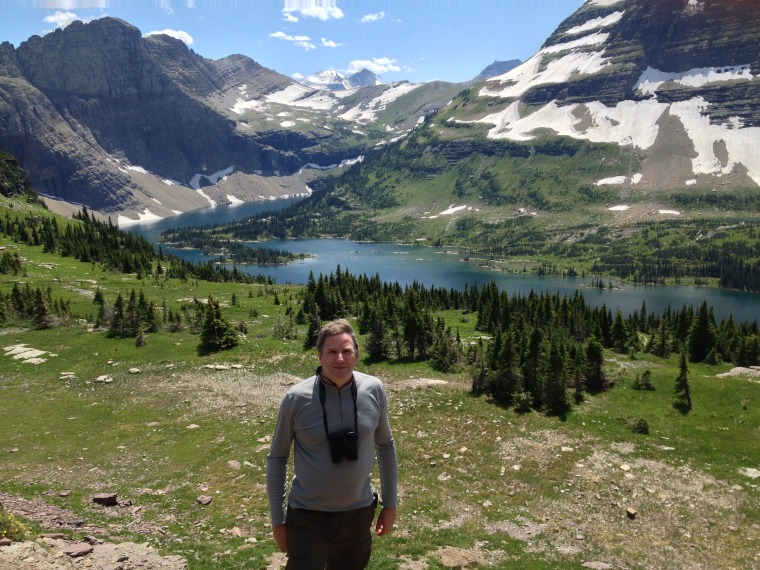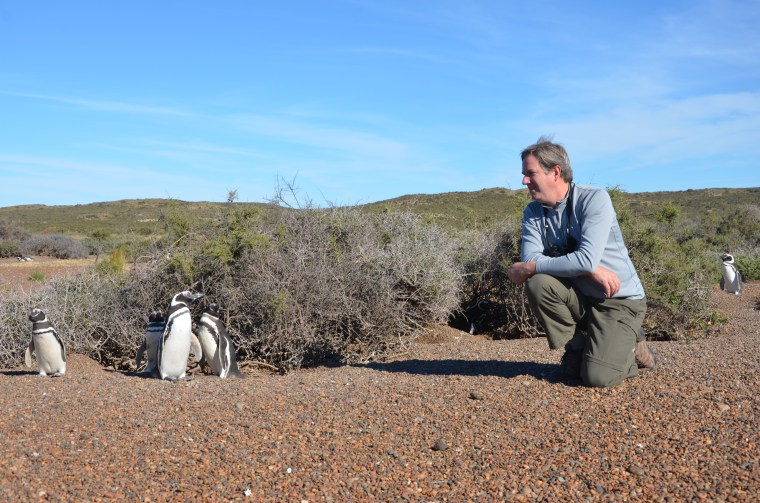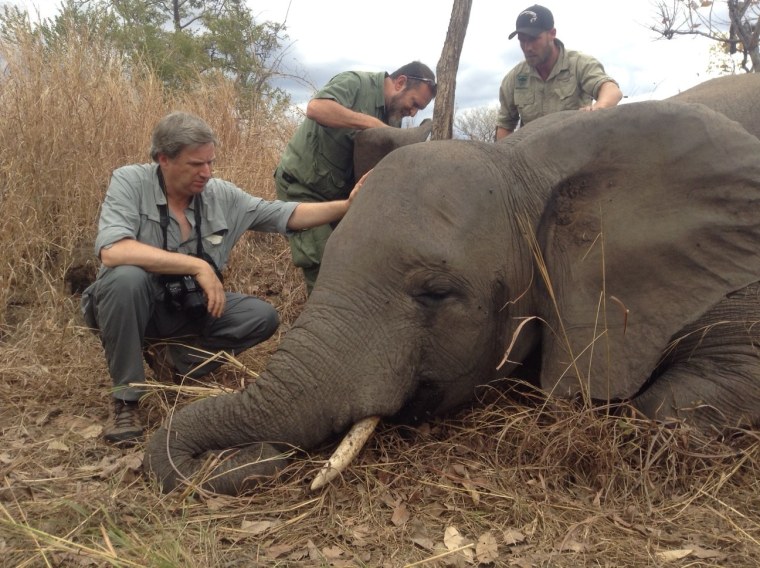As a child growing up in Colombia, Cristián Samper had a jungle as his playground near his family's summer home. It became his path to a passion for environmental conservation and to careers with the Smithsonian Institution National Museum of Natural History and Wildlife Conservation Society.
"A young kid growing up in the tropical factory of Colombia, you cannot help but feel absolutely fascinated by all the incredible diversity of plants and animals around you," said Samper, originally from Bogotá. "From what my mother tells me, I was a curious kid with a passion for collecting. I would bring all kinds of critters to invade the kitchen and living room."
Samper, the CEO of WCS, got his start on a wildlife expedition in high school. While studying at the Anglo Colombian School, biologist Jorge Orejuela invited Samper and other students on several expeditions into the jungle. There they observed insects, plant life and hummingbirds; there are over 200 species of hummingbirds in Colombia alone.

"All young kids are intrigued by nature," Samper said. "At that point, I was more curious about learning about it and how it worked, but I was not aware of the problems and what was going on with conservation."
He continued his studies at the University of Los Andes in Bogotá, and while in the field doing research, he decided he needed to pursue a career in conservation.
"I discovered that some of those areas, the places I had been as a child and a young biologist, were being cut down," Samper said. "The cloud forest was disappearing. That is when it really started hitting me that it was not enough to be fascinated by nature, but that we had to use that passion to do something about it."

As a married father of two, Samper strives to leave a biodiverse and healthy planet for the generation after his children's.
When Samper came to the United States, he became the first Latin American director of the Smithsonian Institution's National Museum of Natural History. After his work in Washington D.C., Samper became President and CEO of WCS, where he still works in New York City.
"WCS brings together three of my biggest passions, which are science and understanding nature, conservation and education," Samper said. "My feel is that these museums and botanic gardens have very important roles to play in inspiring people to understand and care about nature."
At WCS, he focuses on three main regions in Latin America. The first is in Mesoamerica — Guatemala, Honduras and Belize — to preserve tropical forests and coral reefs. In Amazonia, which covers Colombia, Ecuador, Peru and Bolivia, Samper and WCS work to preserve the jungle and cloud forests to strengthen local communities that rely on flourishing biodiversity. Lastly, in Patagonia in Chile and Argentina, there are programs that study sea birds and marine life.

In the United States, Samper and WCS work on myriad projects, spanning from New York to the Yukon in Canada. The WCS sponsors research and conservation programs in the Adirondacks and the Rocky Mountains. One massive program works to preserve the Yellowstone to Yukon corridor, which spans over 2,000 miles of North America.
"We cannot just be passive as scientists," Samper said. "We as a society need to make responsible choices and actually do something about it to make sure that the wildlife and wild places that we care about are going to be here for generations to come."

